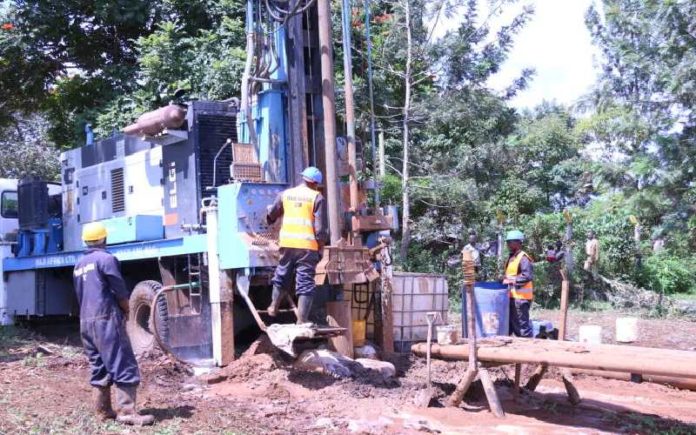It has been raining in large areas of our country for longer than a month now – even in places where it has been arid for many years. With every rainfall comes news of farmers who are jubilant and joyful for these blessings from the heavens. People in the cities who have not yet even visited these towns join in the jubilations, because they have also heard these farmers’ cries of despair.
The farmers who had to survive the drought had to look their sheep in the eyes every day, knowing that they would not be able to pull them through; they looked at storerooms filled with seed, knowing they would not be able to plant these; they looked at their workers, knowing that there wasn’t any work.
During the drought in the Eastern Cape, a few farmers reached out for more sustainable drought relief. Although they truly valued the thousands of fodder donations from many organisations, they knew that, were these donations to dry up, they would not be able to keep head above water.
According to Colin Wilken, a farmer from Steytlerville, water was never a significant problem on his farm. However, the water table dropped significantly over the past few years, while many boreholes simply dried up completely.
Phase two
Bertus Griebenouw, Saai’s representative in the Eastern Cape, made plans to sink boreholes for these farmers. Farmers in the Steytlerville area arranged among themselves and soon the list comprised 36 names. It was an absolute relief when Saai and Santam offered to the help the farmers in divining and drilling for water.
“These six, seven years of drought in the Klein Karoo around Steytlerville paralysed us in so many ways. The wonderful day arrived and the water diviners did their work. We had so many mixed feelings standing there next to the drill. Will there be water? The waiting was gruelling – but there was tremendous joy when the water started gushing out. The driller Hennie Nel exclaimed that there was plentiful water. There were great joy and appreciation for the water. I have no idea when the drought will be broken. I have no idea for how long I will still be able to feed my livestock. I do know, however, that I have water for my livestock. In the silence I thank God sincerely for this stream of water. The whole district is excited and about 30 drilling spots were identified, of which 23 were successful.”
According to Hanlie Kroese of Santam, they joined this project because Santam wants to be a responsible business who provides more than just insurance. Santam has a responsibility to help develop resilient societies and to help stimulate a sustainable agricultural sector for farmers. “Agriculture has to face many challenges, and with our contributions and support we want to show our appreciation for this sector, as well as that Santam values what agriculture does for sustainability and growth,” Kroese says.
“It breaks my heart to see how my farm deteriorates day after day. It is very difficult to wonder every day if I mix the correct fodder, and whether or not I would receive more lucerne, hay or barley. The terribly high cost of transport handicaps an already broken farmer. I try to remain positive, but some days, especially when my farm sees not a single drop of rain while the surrounding farms get rain, make it so much more difficult to stand up yet again and continue. Few people grasp the horrific challenges of a six year drought; the psychological, physical and financial challenges. Yet, in the darkest hours something happens time and time again that helps you to lift up your head: A load of donated fodder arrives, an acquaintance or friend delivers a small load of fodder. And then the worst happens: Boreholes dry up. You can always buy fodder, but not water,” says Albie Jacobs, one of the farmers in the Steytlerville area.
The second phase of the borehole project kicked off this week in the Willowmore area, involving 24 farmers. There is much excitement and hope about the difference that it would be making in the lives of these farmers.








